If you are travelling from Gotse Delchev in the direction of Satovcha and Dospat, you simply must go and see a mystical place in the Western Rhdopes known as Gradishte.
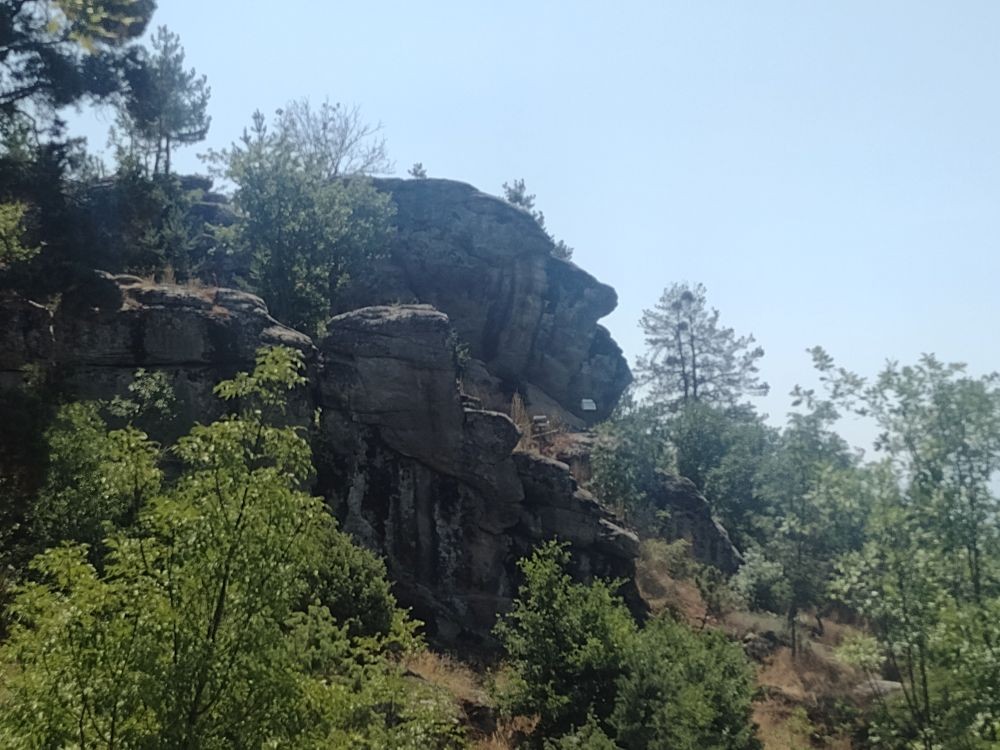
Less than two kilometres after Dolno Dryanovo village, take the right turn to the Landscape historical park. It begins by the road itself with attractions for children, a jungle gym and a zip line. The park path was built by Gurmen municipality under a European programme, and follows the Rhodope heights above the river Bistritsa in a closed route - at first among the bare rocks, then plunging down to the cool river and again gently leading to the beginning of the park. It is a 2-hour walk with no particular exertion.
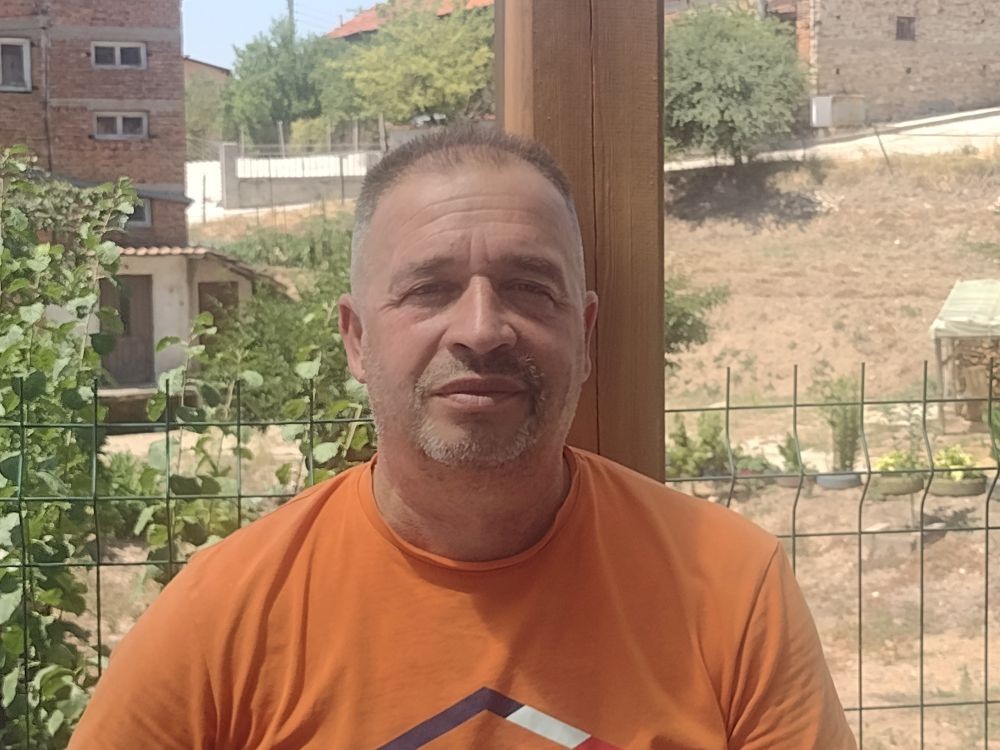
Local history teacher Hasan Hadzhiiski tells us they used to play among the rocks as children, but it was only in 2000 that a physics and mathematics professor – Todor Boyadzhiev – noticed the anthropogenic and zoomorphic shape of the rocks, and drew attention to the megalithic activates of pre-historic humans, and to the fact that this was a rock sanctuary. With the help of Prof. Boyadzhiev the first archaeological excavations took place here in 2008, led by Assoc. Prof. Anelia Bozkova.
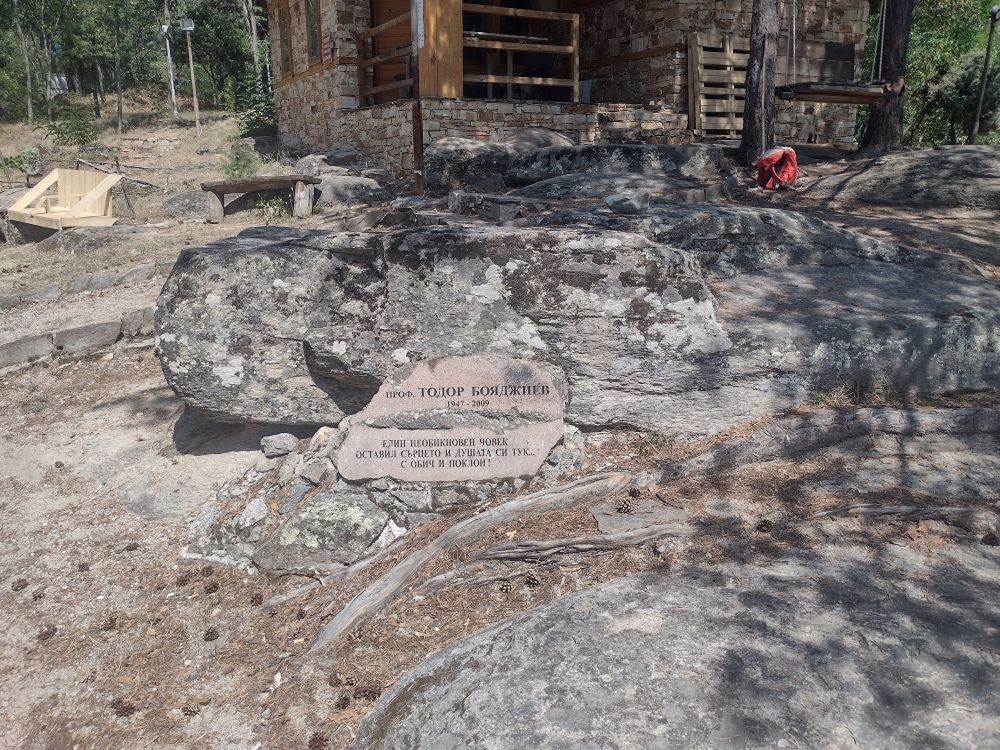
“The earliest layer they found was chalcolithic (stone and copper age), and was dated to 5,000-4,000 BCE. But they call it a prehistoric settlement and a Thracian shrine,” Hasan Hadzhiiski says. “After which there were other excavations - in 2011 and again led by Assoc. Prof. Anelia Bozkova. A residential building was unearthed, and a Thracian sanctuary from the 7th century BCE (the Late Iron Age). An eschara was found inside the sanctuary which is an altar made of very fine clay. She suggested it was clay imported from Greece as it is very fine, and the local clay isn’t. This provided the basis for developing the site.”
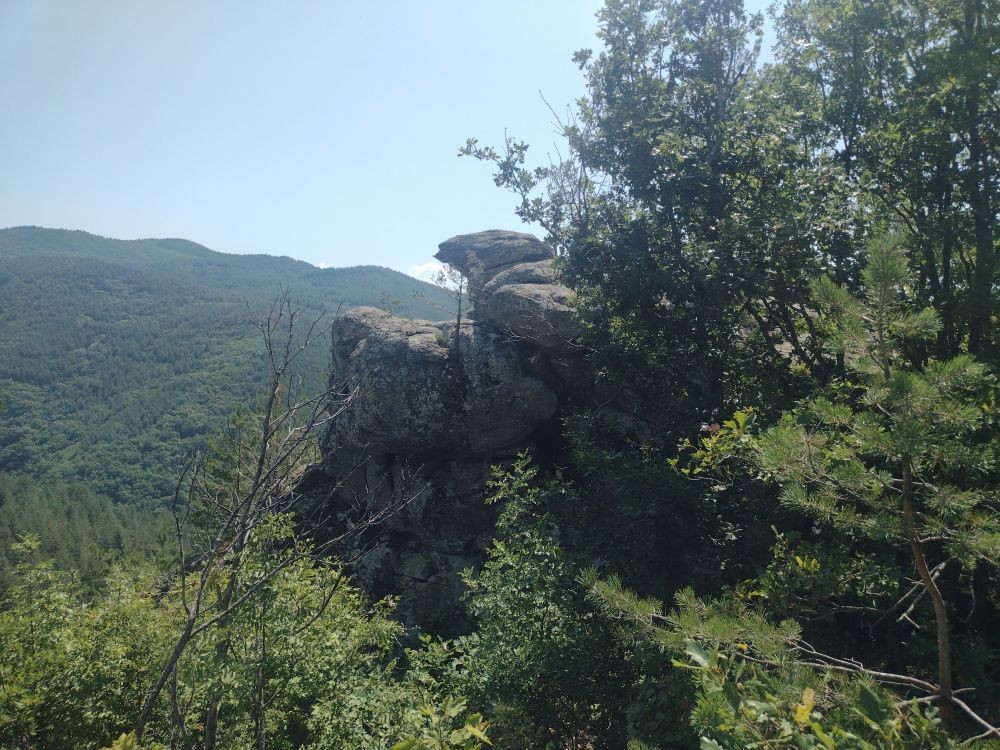
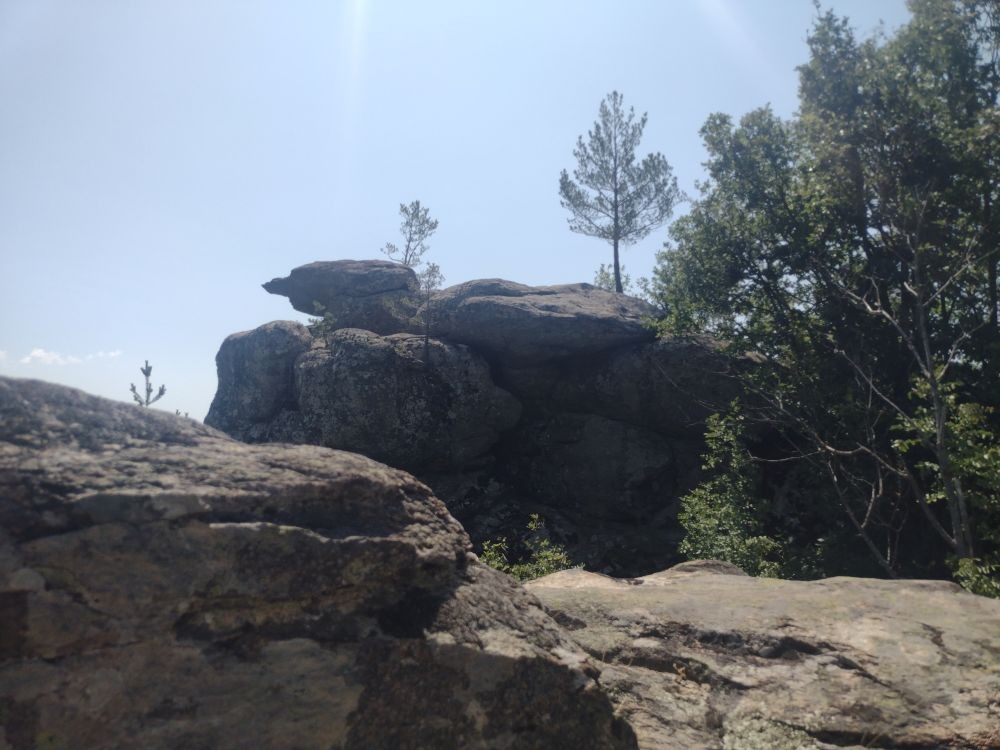
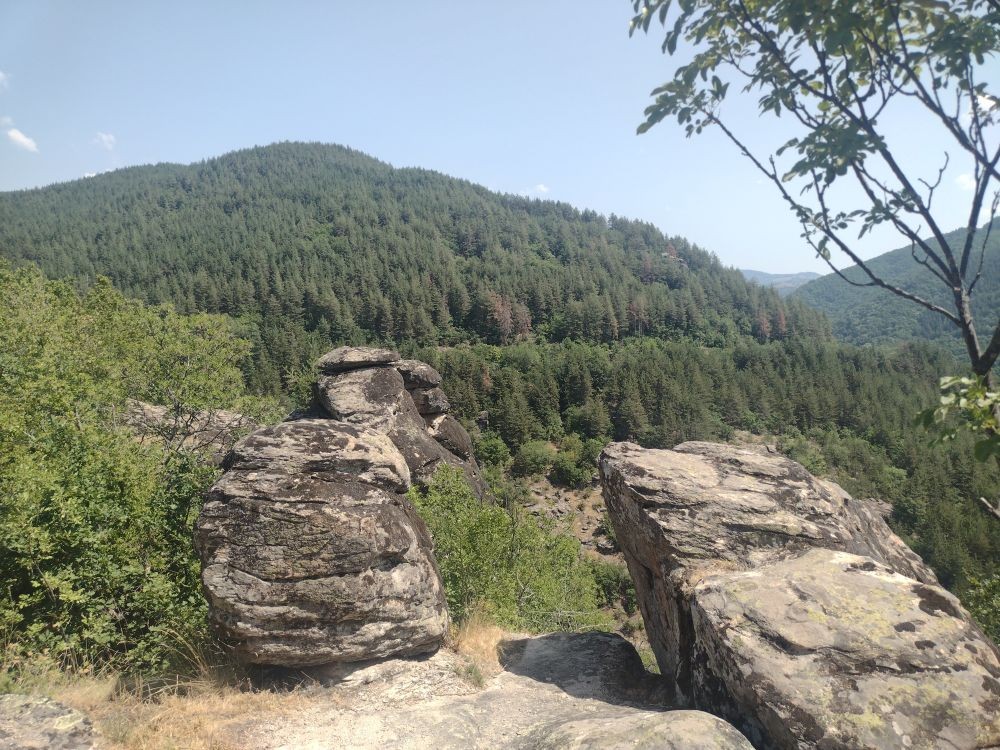
During the Thracian period there were three temples on top of the mountain ridge. The easternmost temple, which was the biggest, also served as an observatory – there is a star map carved into the rock. There are benchmarks referencing the equinoxes, the solstice. The site has not yet been fully studied by archaeologists. “Out of this entire complex, covering an area of about 70 hectares, only about half a hectare has been studied,” says Hasan Hadzhiiski further. The temple was probably run by the Bessi, but there were people from another Thracian tribe living nearby as well – the Satrae. An important ancient thoroughfare from the Aegean to Thrace ran across the region.
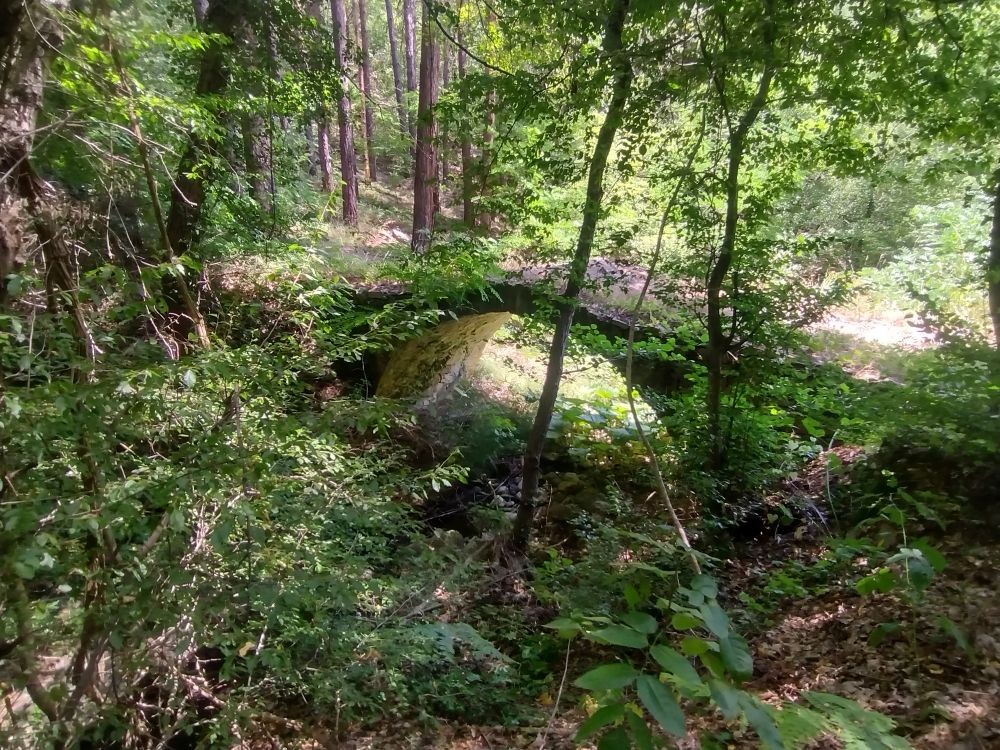
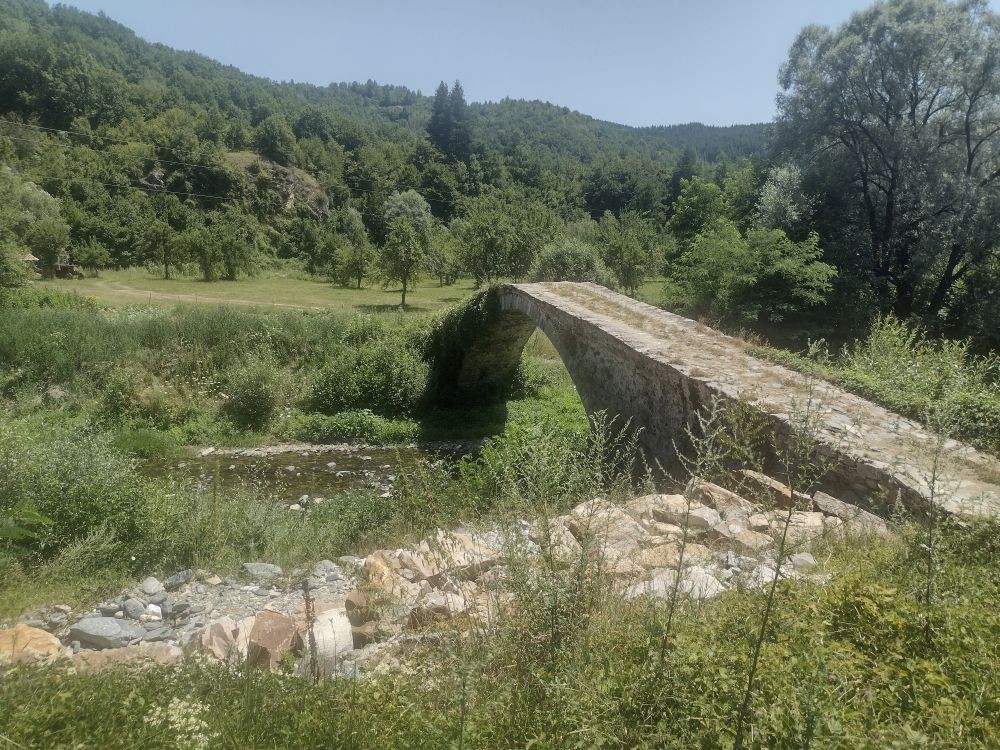
“It is thought that the trade route from Thasos to Pistyrus psssed through here – the colony of Thasos tradesman in Vetran village near Pazardzhik. It is no coincidence there are 3 preserved bridges over the river, the road meandered over the bridges to reach Vetren – I have studied that part which is in our region. The cobblestone portions of the road have been preserved, as have some roadside structures,” the local historian says.
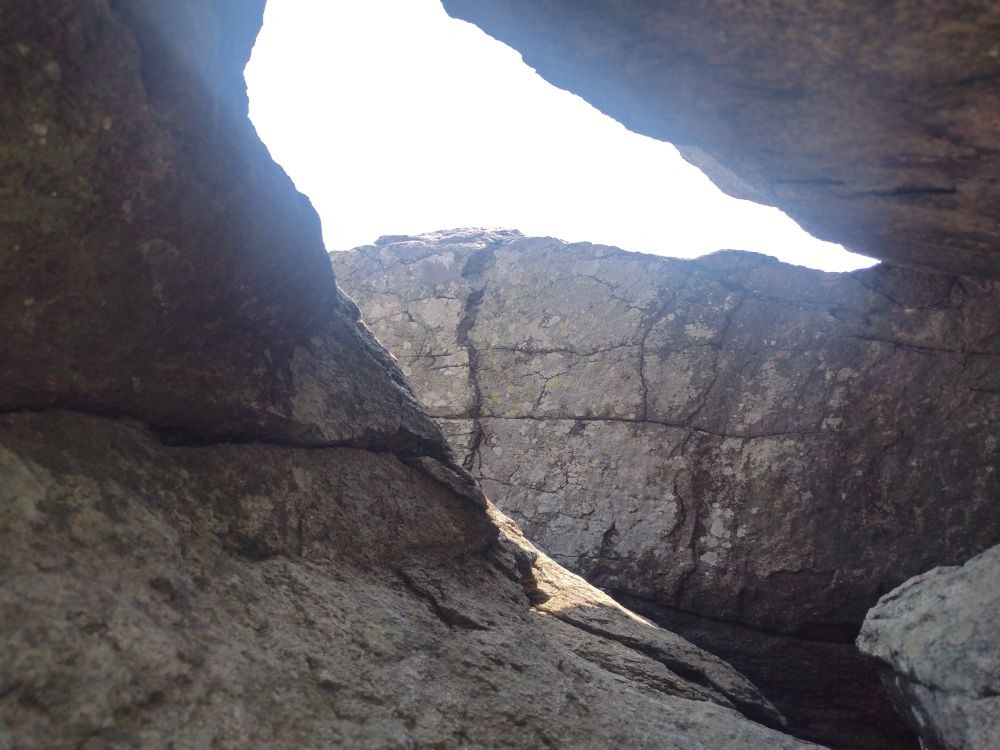
For a long time, people from the two religions in the region – Christians and Muslims – used the so-called crawl-holes to cure different diseases. Many of the crawl-holes are typical megaliths, initially imbued with a cult ritual meaning.
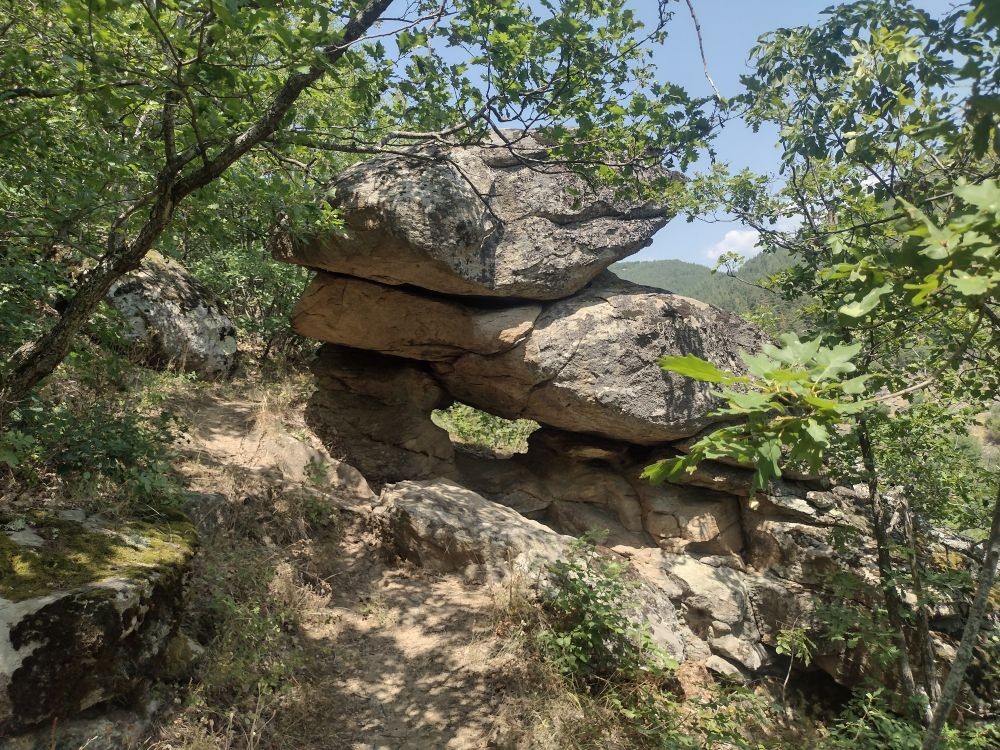
“There are a lot of crawl-holes, and the people coming here say they each had their own purpose. There were local women who would take us and have us crawl through them as children. Each one of them was designated for a given illness,” Hasan Hadzhiiski remembers. “The biggest crawl-hole has a big corridor leading up to it – it is a unique structure, leaning to one side without the blocks of rock being dislocated in any way. You can see how they were placed on top of the bedrock, how the other two rocks were put up on the sides to form an arch. I myself can identify more than 20 such structures here. They are huge, covering an enormous area but are close to one another. There are many figures – of animals, especially dragons, but also amphibians – there are frogs, there are sharks, whales, marine creatures. It is thought that in those days the Mediterranean was closer to this region and was something the people who built the complex were familiar with,” says Hazan Hadzhiiski.
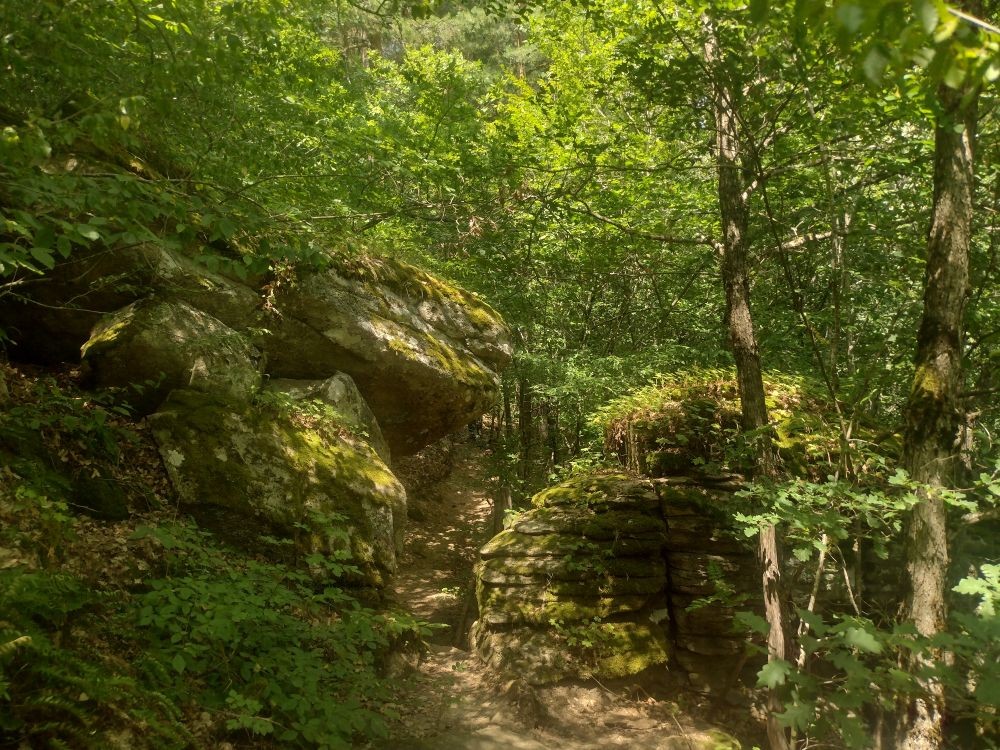
The rock giants in Gradishte have many interpretations. Researchers are yet to study them better. But the beauty of the place is something that was appreciated by people even 7,000 years ago.
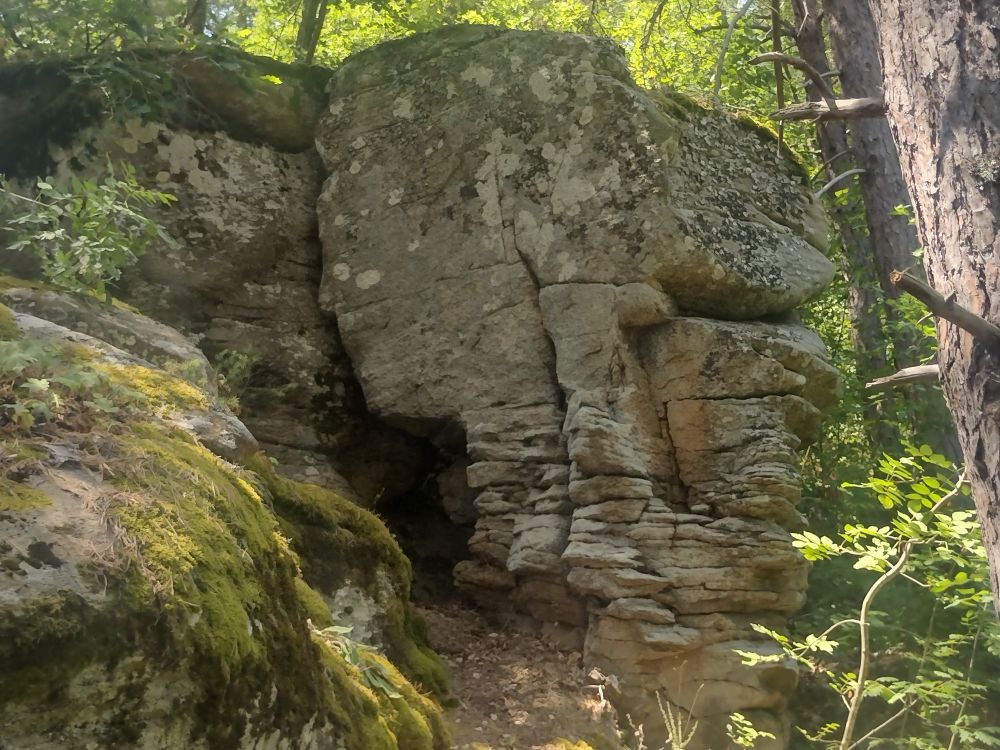
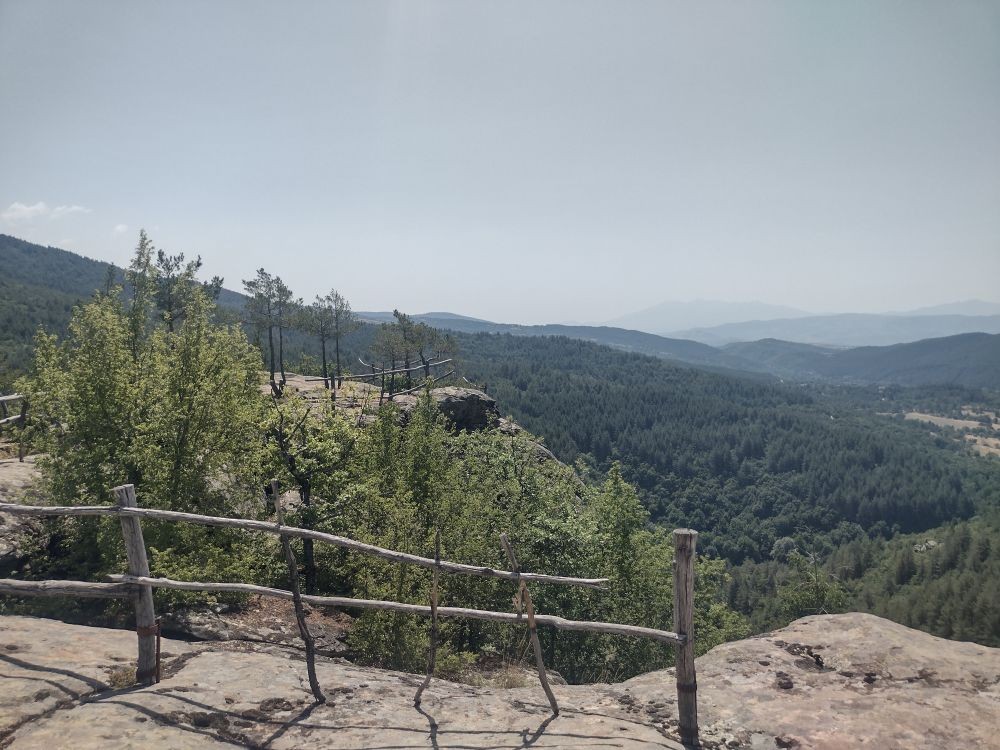
Translated and posted by Milena Daynova
Photos: Ivo Ivanov
Belogradchik and its world-famous rocks are once again the scene of a magical spectacle. For five whole weekends – from September 19 to October 19, the city is hosting the fifth edition of the Balloon Fiesta. More than 5, 000..
Bulgaria's Minister of Tourism Miroslav Borshosh presented to BTA the start of the national campaign "Wine leads the way". It will promote wine tourism in Bulgaria. The initiative starts before the ninth edition of the Global Conference on Wine..
Hisarya has become the first Bulgarian town to join the European Association of Historic Thermal Towns (EHTTA) , BTA reported. The mayor of the municipality, Iva Valcheva, announced the news before the 12th annual congress of the Bulgarian Union of..

+359 2 9336 661
